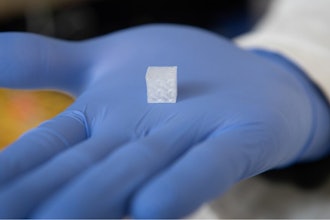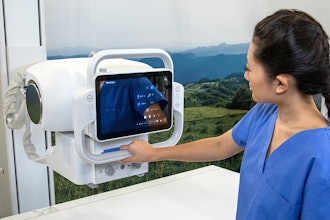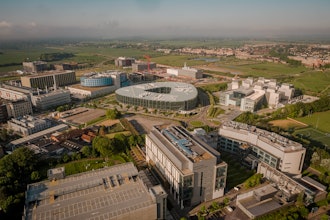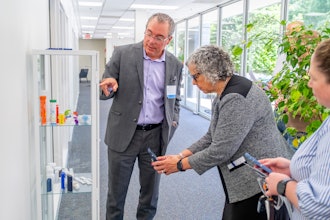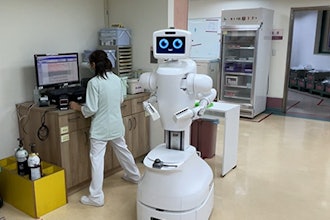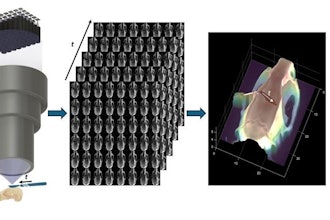Researchers from the Columbia University Irving Medical Center have found a way to artificially grow human hair. The idea is that one day hair transplants will stop plucking follicles from the backs of patients' heads, and instead plug in these artificially grown hair follicles that are harvested from a hair farm.
Until now, researchers have been unable to grow human hair in a lab using cells taken from the base of existing follicles. While rat and mice hairs have worked, human hairs are resistant.
The researchers turned to 3D printing to create a mold that grows artificial hair follicles. The mold is made up of long, thin extensions that are a half-millimeter wide. Until recently, fabricating such a mold would have been impossible.
The mold is used to make 3D skin constructs. Essentially, human skin grows around the mold to create “wells.” The researchers placed hair follicle cells in the wells and then covered them with cells that produce keratin. The cells are then given a cocktail that encourages hair growth, and in only three weeks, human hair follicles appeared and started creating hair.
The method still needs to be optimized before it can be commercialized and used to create new hair follicles for patients around the world.
During the average hair restoration surgery, 2,000 hair follicles are taken from the back of the head to the front and top. It's typically used by male patients whose hair loss has stabilized and who have enough hair to use.
This new technique could open up possibilities to women experiencing hair thinning or loss, burn victims, and even some applications in the pharmaceutical industry.









